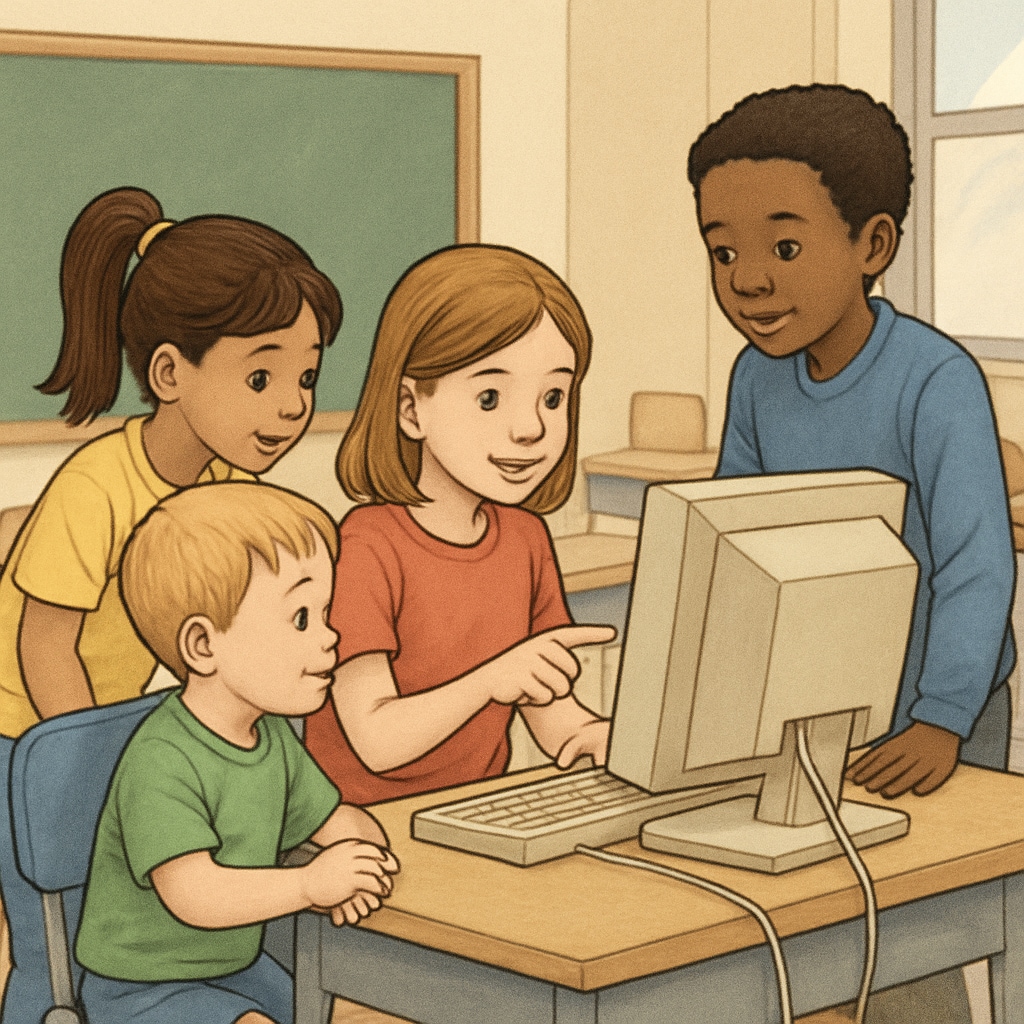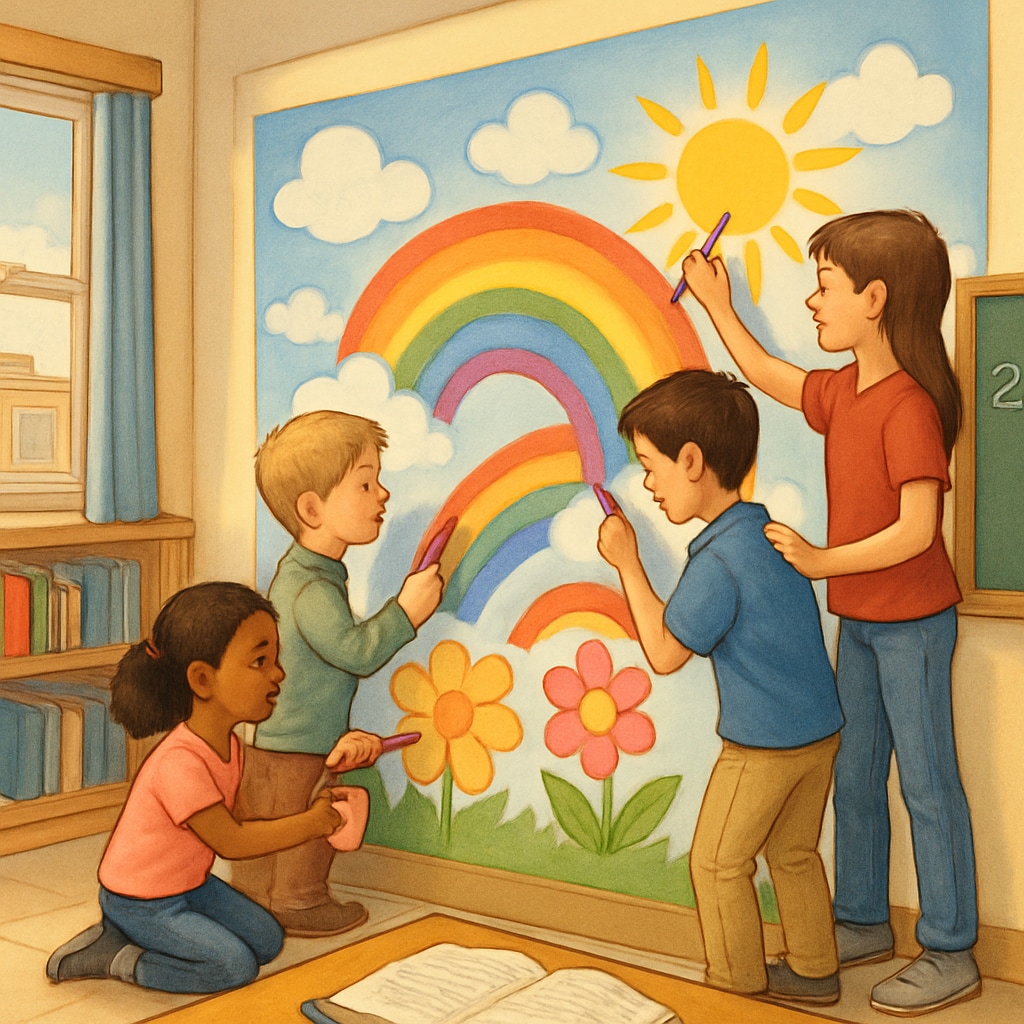Creating meaningful connections between younger and older students can significantly enhance their educational experiences. Through initiatives like kindergarten partnership programs, cross-grade activities, and computer skills learning, educators can design collaborative projects that bridge age gaps and learning levels. Such activities not only promote teamwork but also foster empathy, communication, and skill-sharing among students. This article will delve into practical ways to design and implement these programs effectively, ensuring both age groups benefit from mutual growth.
Benefits of Cross-Grade Collaboration
Pairing kindergarteners with fourth graders offers unique advantages for both age groups. Younger children benefit from the mentorship and guidance of their older peers, while fourth graders develop leadership skills and reinforce their academic knowledge by teaching. Such partnerships also encourage the development of social skills, as students navigate teamwork dynamics and learn to appreciate diverse perspectives.
- Empathy and understanding: Older students learn patience and compassion by working with younger peers. Kindergarteners, in turn, feel supported and encouraged.
- Skill reinforcement: Fourth graders solidify their knowledge through teaching, while kindergarteners gain exposure to new concepts.
- Creative collaboration: Activities such as storytelling, art projects, and computer learning enable both groups to explore their creativity together.

Ideas for Interactive Cross-Grade Activities
Designing activities for kindergarten and fourth-grade students requires careful consideration of their developmental stages. Here are some ideas to get started:
Storytelling and Literacy Projects
Pair older students with younger ones for storytelling sessions. Fourth graders can read books aloud or help kindergarteners write simple sentences. This activity builds literacy skills while fostering a love for reading.
Art and Craft Collaboration
Art projects provide a great outlet for creativity. Teams can work together to create murals, collages, or themed drawings. Kindergarteners contribute their imagination, while fourth graders guide the process and refine techniques.
Structured Computer Learning
Introduce basic computer skills through collaborative sessions. Fourth graders can mentor kindergarteners in using educational software or simple coding programs. This structured learning promotes technological fluency and teamwork.

Implementing Cross-Grade Activities in Your School
To successfully implement these programs, schools need a structured approach and support from educators. Here’s how to ensure smooth execution:
- Plan and schedule: Create a clear timetable for cross-grade activities, ensuring both groups have adequate preparation time.
- Train older students: Provide fourth graders with guidance on how to mentor younger peers effectively.
- Monitor progress: Teachers should oversee activities to ensure goals are met and address any challenges.
By following these steps, educators can create a harmonious and impactful learning environment for both kindergarteners and fourth graders.
Conclusion: Building Lifelong Skills Through Collaboration
Cross-grade activities such as storytelling, art projects, and computer skills training have the potential to transform the classroom experience for both younger and older students. By fostering empathy, reinforcing knowledge, and encouraging teamwork, these initiatives prepare students with lifelong skills. Schools can truly build bridges between age groups, promoting mutual growth and understanding.
Ready to implement these ideas? Start by choosing activities that suit your students’ needs and encourage collaborative learning. Together, they can achieve incredible results.
Learn more about educational collaborations on Wikipedia
Explore educational strategies on Britannica


